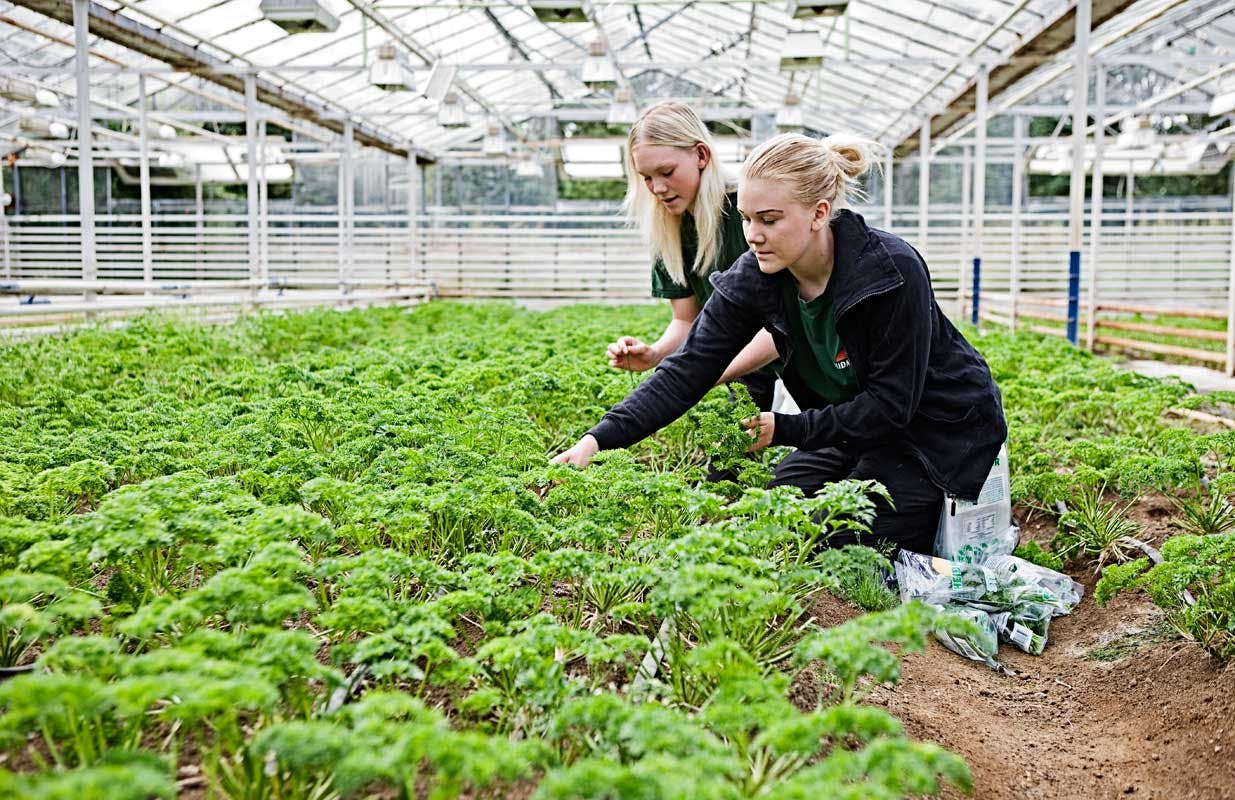
Chasing blue gold – berry picking in Iceland
They are super healthy, super delicious, and the best thing: here in Iceland, they are free! Picking berries or “berjamór” is a fun activity for everyone and almost an Icelandic national sport. Whether you turn it into a relaxing and meditative outdoor experience or make a demanding physical workout of it, is up to you. Our berry picking guide shows you how to find the native superfood and be part of the fun!
Why should you go berry picking?
Once a necessity, wild berries have enriched many long winters with vitamin c and deliciousness. Nowadays, foraging in Iceland is mostly a lot of fun and a great family activity.

Picking berries is a great opportunity to enjoy Icelandic nature
When is berry picking season?
Between the middle of August and the middle of September, Icelanders take their buckets and spend hours and hours in the fields. The start of the berry season depends on how the weather in last year’s fall and the passing summer has been. Berries need warmth, sun, but also rain to flourish. The sunnier and warmer, the earlier they will be ripe. In some years, berry season starts as soon as the end of July, and sometimes the berries aren’t big enough until the end of August. Ask a local about it, and you’ll get an extensive answer (Icelanders love to talk about the weather).
Where should you look for berries?
Berry pickers are scattered all over the country, and a good spot seldomly stays secret for long. But before you get lost in the wild, here are two tips for finding a good place: First, ask locals. Though some berry pickers are secretive about their favorite spots, they’ll probably still recommend one that is worth checking out. Second, if you see a group of parked cars and people walking about in a field slowly and bent over: that is a berry spot, and there is enough for everyone, so get in there!
Please note: on public land, everybody is allowed to collect berries. On private property, however, only the handful of berries for immediate consumption is legal. Some regions also have special rules on using berry pickers, so it’s better to just pluck by hand.

6 quick tips for a quick pick
- Ask a local whether berry season has already started. You might even get good advice on where to start searching!
- Always be prepared! Keep a plastic container, breadbox, empty skyr cup, etc. in the car in case of a berry-emergency
- A lot of cars parked together and a crowd of people rummaging around in the grass? That’s probably a good spot. (make sure that you park correctly and not just at the side of the road)
- Scared about picking the wrong berries? Don’t worry, none of the berries in Iceland will kill you. In the worst case, they don’t taste that good, but you’ll be fine.
- Don’t pick bog bilberries or bilberries after night frost – it gets very messy.
- Did you pick too many berries? Throw them in a pot with some sugar and cook your very own berry jam. Is there a better souvenir?

The berries to look for
We have many different types of berries that grow wild in Iceland. People often hesitate to pick berries due to the fear of eating the wrong ones. But don’t be afraid: there are no poisonous berries in Iceland.
AÐALBLÁBER - BILBERRY OR EUROPEAN BLUEBERRY
is glossy and dark in color, almost turning black. They are dark red on the inside, juicier, and sweeter than bog bilberries. Though one can find the
European blueberries grow all over Iceland, they are most common in the west and north and taste great – in everything!



Bláber - Bog bilberry
is purple and matte, with green and/or white pulp and sweet.
They are very versatile, and you’ll find a great variety of bog bilberry produce in Iceland: liqueur, skyr, jams, cakes, ice cream, desserts, beer, and juices. And have you ever tried bilberry-soup? Here’s your chance!
Hungry for more? - You might also stumble upon these:
Hrútaber - stone bramble
is a rosaceous plant with acidic and deeply red berries. Their sour and sweet flavor make heavenly jams and jellies that fit exceptionally well with venison. They also add a special something to refreshing syrups and drinks!
Einiber - juniper berry
is not the kind of berry one eats in handfuls. They are best dried and used in cooking, especially for sauces served with venison. For the ones who like it stronger: Juniper berries also play the leading role in the production of gin.







